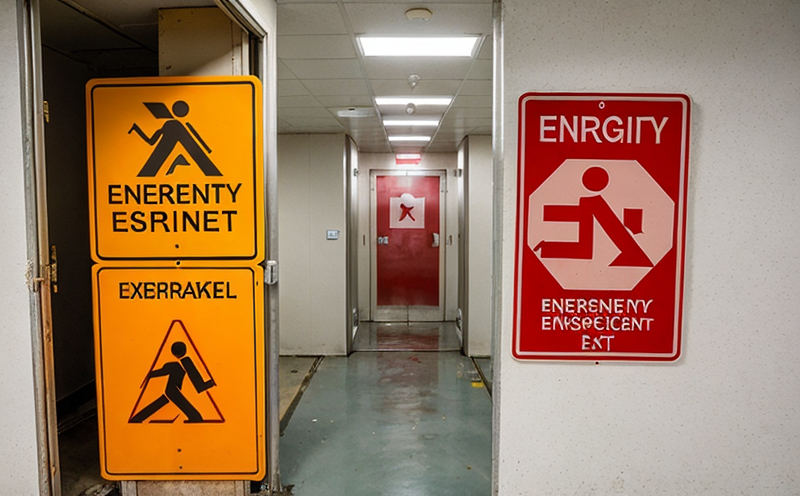Emergency exit inspection
In warehouses and storage facilities, emergency exits play a critical role in ensuring the safety of personnel during emergencies. The integrity and functionality of these exits are paramount to minimizing risks associated with fire or other hazardous situations. Regular inspections are essential to maintain compliance with local regulations and ensure the structural soundness and operational reliability of exit doors.
The inspection process typically involves a series of detailed checks, including assessing the mechanical condition of the door hardware, checking for obstructions, verifying the accessibility of emergency lights and signage, and ensuring that the exit can be used without delay. Compliance with safety standards such as NFPA 101: Life Safety Code and ISO 45001: Occupational Health and Safety Management Systems is a key aspect of these inspections.
The use of specialized testing equipment, like laser alignment tools for door gap measurement or digital inclinometers to check the slope angle of ramps, ensures precise evaluation. For instance, in an inspection scenario, a 2% tolerance on ramp slopes can lead to significant delays during evacuation, which underscores the importance of accurate measurements.
During these inspections, it is also crucial to verify that all emergency lighting functions correctly and that signage is clearly visible from any point within reach. This involves testing both battery-powered and mains-powered lights under various conditions. The inspection team will document any deficiencies found during the assessment, including non-functional or damaged components.
Once the inspection is complete, a detailed report is prepared outlining all findings along with recommended corrective actions. These reports serve as valuable tools for facility managers to prioritize repairs and ensure ongoing compliance. Compliance with regulations like OSHA 1910.36 specifies that emergency exits must be kept clear of obstructions at all times.
| Use Case | Application Example |
|---|---|
| Daily walkthrough checks | Inspectors walk through the warehouse to check for any physical damage or obstructions. |
| Annual comprehensive inspections | Conduct a thorough review of all emergency exits, including hardware and lighting systems. |
| Post-repair follow-up checks | Verify that repairs have been completed satisfactorily before finalizing the project. |
| New construction inspections | Evaluate emergency exit designs and materials for compliance with building codes. |
Industry Applications
The application of emergency exit inspection services extends across various sectors, including manufacturing, retail, and logistics. In warehouses and storage facilities specifically, the need for robust emergency exit systems is heightened due to the large number of personnel working in close proximity. For instance, a 10,000 square foot warehouse might house hundreds of workers who rely on clear emergency exits during potential evacuations.
- Manufacturing plants benefit from regular inspections to ensure that exit doors are not obstructed by equipment or materials.
- Retail stores can mitigate risks associated with large crowds in confined spaces, ensuring that all exits remain accessible.
- Logistics hubs require comprehensive testing of ramps and door mechanisms to prevent delays during critical operations like loading and unloading.
Quality and Reliability Assurance
To ensure the highest level of quality and reliability in emergency exit inspections, a structured approach is essential. This involves using calibrated tools to measure critical parameters such as door gap width, ramp slope angle, and clearance height.
- Calibration: All instruments must be regularly calibrated against national standards like NIST guidelines.
- Data recording: Inspection data should be recorded in real-time to ensure accuracy and traceability.
- Review process: A thorough review of inspection reports by certified personnel is necessary to identify any discrepancies or areas for improvement.





